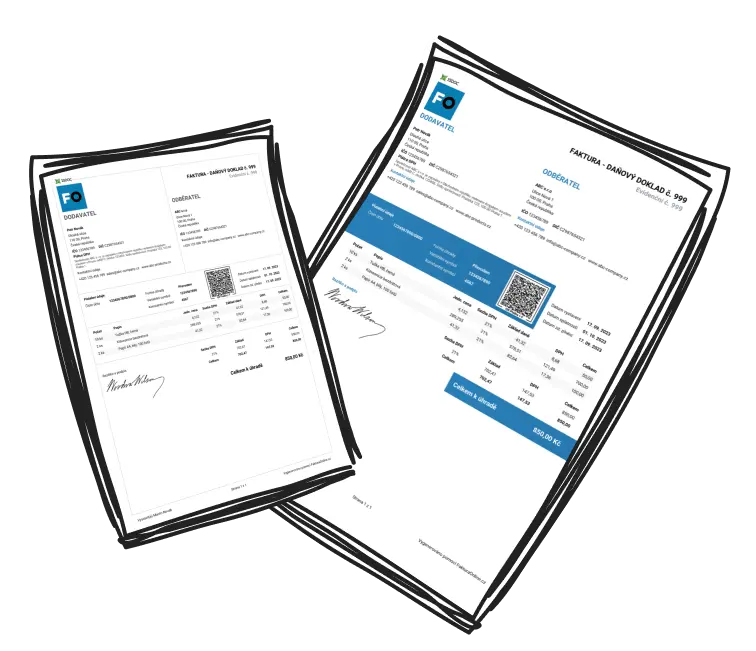Debt collection is a vital process for ensuring your company's financial stability. This article will guide you through the steps of effective debt collection and show you how to use modern tools to communicate with debtors.
Introduction to Debt Collection
Debt collection is a crucial process that can significantly impact your cash flow and overall business operations. An organized and thoughtful approach to debt collection is essential to ensure that your company maintains steady revenue and is not affected by unpaid invoices.
Prevention: The Key Step to Minimizing Issues
Prevention is always better than correction. Key prevention elements include clear and detailed payment terms that should be outlined in all contracts and invoices. It's also essential to maintain regular communication with clients and send reminders about payment deadlines in a timely manner. This will significantly reduce the likelihood of debts becoming problematic.

Always ensure your contracts and invoices include clearly defined payment terms and penalties for non-payment.
Steps for Dealing with Late Payments
Friendly Reminder – If a payment is delayed, it’s advisable to start with a friendly reminder, either via email or phone. The goal is to understand why the payment is late and suggest possible solutions. This phase should be amicable but firm.
Formal Notice – If the payment still isn't received, send a formal reminder. This reminder should include a specific due date for payment and notify the debtor of potential legal actions if the payment is not received.
A formal reminder should be concise and clear. Set a specific due date for payment and explain what steps will follow if payment is not made.
Legal Actions – If the debtor still doesn't make the payment, consider legal action for debt collection. This might include filing a lawsuit or engaging a debt collection agency.

Legal actions can be time-consuming and costly. Make sure to weigh the costs and benefits before proceeding with these steps.
Debt Recovery – As a last resort, you can proceed with debt recovery. This process is complex and costly, so it should only be used in extreme cases.
Sending a Reminder via InvoiceOnline (for Premium Users)
For users of the Premium plan, the InvoiceOnline platform offers a handy feature that allows you to send a reminder directly from an already issued invoice. This feature is available in the Issued Invoices section, where you simply click the email icon next to the selected invoice and send it to the recipient.
This function is great not only for sending reminders when the payment deadline has passed but also for sending a thank-you message if the invoice has already been paid, helping to maintain positive relationships with your clients.
When to Seek Professional Help
If you’ve exhausted all internal methods of collecting debts and are still unable to reach a resolution, it may be time to seek professional assistance. Debt collection agencies and attorneys specializing in debt recovery can help you find effective solutions and avoid further complications.
Important Steps in the Debt Collection Process:
Prevention: Clear payment terms
First Step: Friendly reminder
Second Step: Formal notice
Third Step: Legal action
Last Resort: Debt recovery

Conclusion: A Timely Response is Key for Successful Debt Collection
Effective debt collection requires a systematic approach and a timely response. With proper payment terms, friendly reminders, and prompt legal actions, you can minimize the risk of unpaid invoices and ensure the stability of your business.

